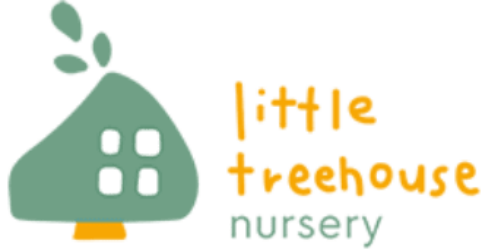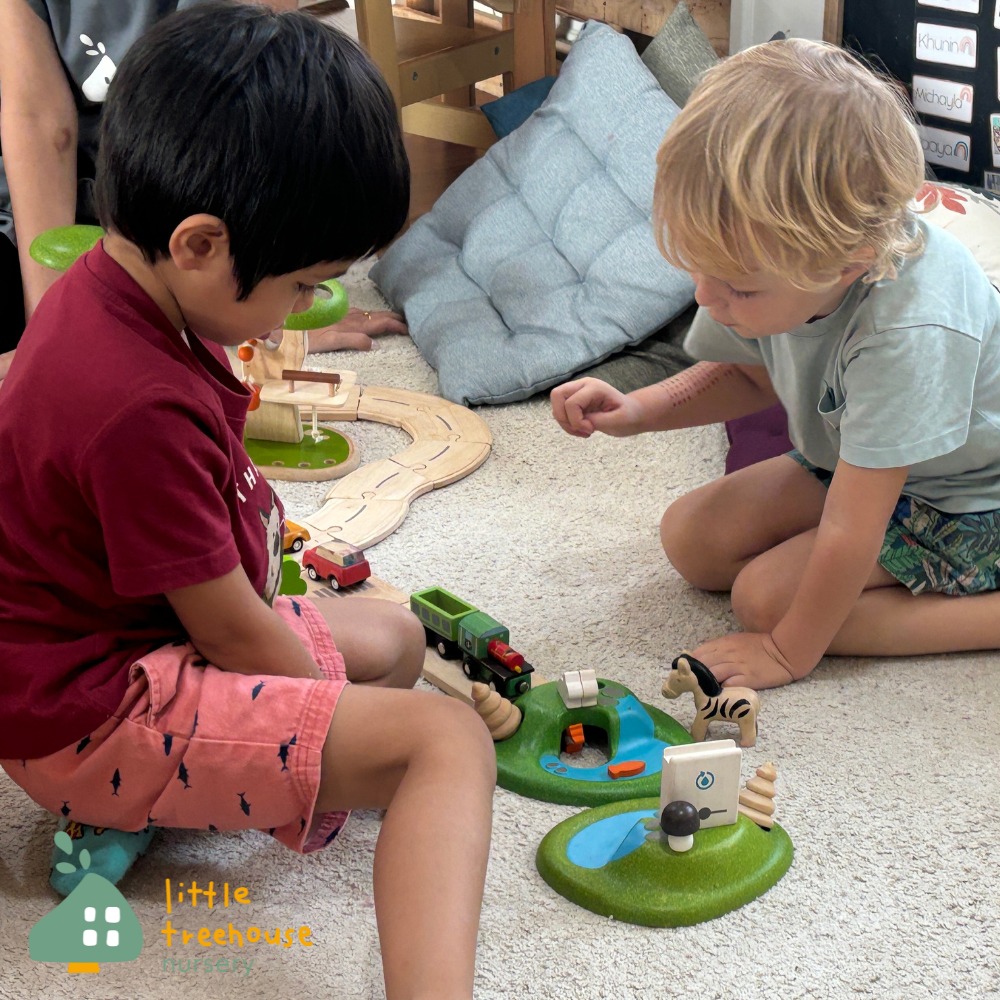Christmas is a joyous time for many, filled with traditions, family, and festivity. However, it’s important to remember that not everyone celebrates Christmas in the same way. Little Treehouse Nursery, one of the top international schools in Bangkok, believes in celebrating diversity and fostering inclusivity, especially during the holiday season.
Embracing Differences
Bangkok boasts a vibrant multicultural community, and this diversity is reflected in how families celebrate Christmas. While some may follow traditional practices, others may have unique traditions influenced by their culture and heritage. At Little Treehouse Nursery, we encourage celebrating these differences by creating a space where children can share their own experiences and learn about others.
Building Cultural Competence in the EYFS
The Early Years Foundation Stage (EYFS) framework highlights the crucial role of cultural competence in fostering well-rounded and empathetic children.
Cultural competence encompasses four key areas:
1. Self-Awareness
- EYFS Practice: Encourage self-reflection through activities like drawing family portraits, discussing traditions, and creating “My World” maps.
- Example: Children share stories about their families’ celebrations and traditions.
2. Positive Attitudes
- EYFS Practice: Promote positive interactions through diverse books, music, and play activities.
- Example: Children explore festivals from around the world through music, dance, and storytelling.
3. Knowledge
- EYFS Practice: Provide resources and opportunities for children to learn about different cultures and traditions.
- Example: Children create a “Diversity Wall” showcasing flags, artifacts, and pictures from various cultures.
4. Communication Skills
- EYFS Practice: Foster respectful communication through inclusive language, role-playing, and collaborative projects.
- Example: Children learn greetings in different languages and use them to greet each other.
Integrating Cultural Awareness into Everyday Activities
- Storytelling: Share diverse stories and folktales that celebrate different cultures and traditions.
- Arts and Crafts: Engage children in creating art, music, and crafts inspired by various cultures.
- Play: Encourage role-playing scenarios from different cultures and promote inclusive play activities.
- Celebrations: Explore and celebrate various holidays and festivals throughout the year.
- Family Involvement: Invite families to share their cultural traditions and expertise with the children.
By embedding cultural competence throughout the EYFS curriculum, we can empower children to:
- Develop a strong sense of self and belonging.
- Respect and appreciate diversity.
- Communicate effectively with people from different backgrounds.
- Become active and responsible members of a globalized world.
Remember: Cultural competence is an ongoing journey. By providing children with consistent opportunities to learn and celebrate diversity, we can help them develop a positive and inclusive worldview that will benefit them throughout their lives.
Inclusive Activities for the Classroom
Here are a few ways to celebrate diversity at Christmas in your kindergarten or preschool classroom:
Sharing
- Organize a “show-and-tell” session where children share how they celebrate Christmas at home. This fosters communication and understanding.
- Create a map of the world and mark the countries where Christmas is celebrated. Discuss the different traditions associated with each location.
Parent Involvement
- Invite parents to share their cultural traditions with the class. They can demonstrate special customs, present traditional clothing, or even bring in food from their home country.
- Encourage parents to share stories of how they celebrated Christmas as children. This connects generations and helps children understand the continuity of traditions.
Reading Diverse Books
- Provide a range of children’s books that depict various Christmas traditions around the world. This broadens their understanding and appreciation for different cultures.
- Include books about other winter celebrations, such as Hanukkah, Kwanzaa, and Diwali. This promotes inclusivity and respect for all faiths and backgrounds.
Global Connections
- Organize a “Christmas Around the World” party. Prepare food and activities from diverse cultures and learn how people from different countries celebrate the holidays.
- Translate the greeting “Merry Christmas” into various languages and create a multilingual poster or sing songs in different languages. This celebrates the beauty of linguistic diversity.
Community Engagement
- Invite members of the community, such as grandparents or cultural representatives, to share their experiences and traditions with the children. This creates a sense of belonging and connection.
- Organize a cultural exchange program with another preschool or school. This fosters collaboration and understanding between different communities.
Celebrating Individuality
- Create opportunities for children to discuss their individual ways of celebrating Christmas. This helps them recognize and appreciate the uniqueness of their own traditions.
- Encourage children to share their personal experiences and feelings about the holidays. This fosters empathy and understanding for others who may have different perspectives.
Beyond the Holidays
Remember, fostering cultural competency should be an ongoing process. Throughout the year, seek opportunities to celebrate diversity and promote inclusivity in your classroom. By taking these steps, we can help children develop into respectful and compassionate individuals who appreciate the richness and diversity of our world.
Together, let’s make this Christmas a celebration of joy, understanding, and inclusivity.




Leave a reply